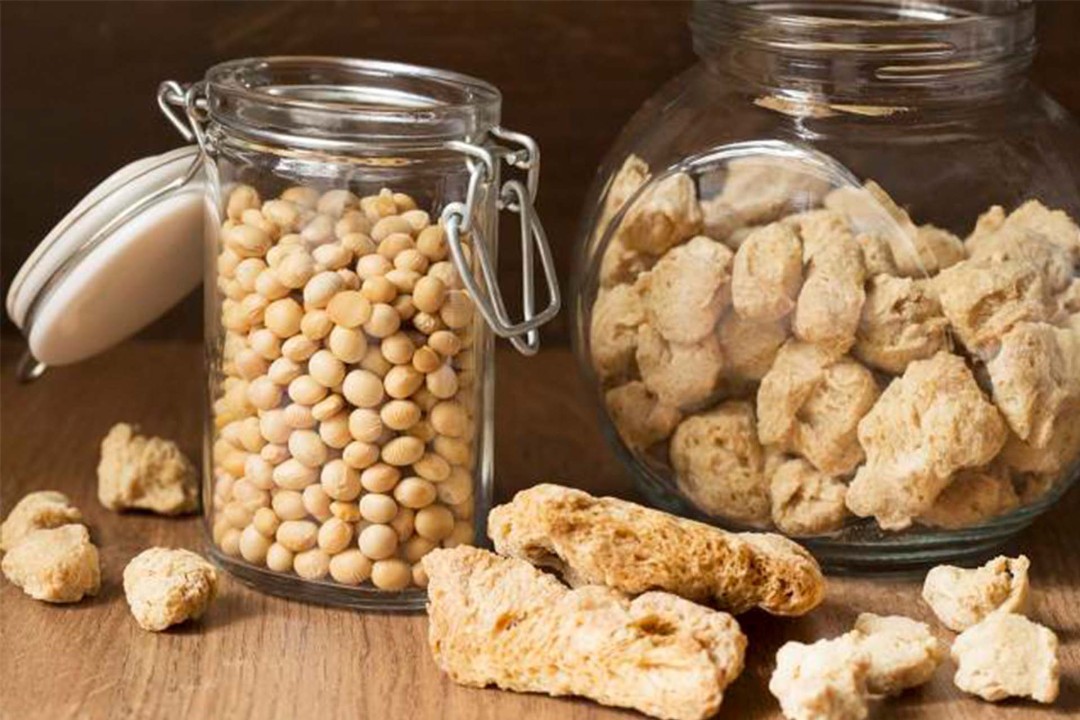
Why is the plant protein used in artificial meat different?
In the food industry in the past two years, the plant-based “artificial meat” has become the biggest outlet.
It is two American companies that have brought the industry to such a climax, one is Beyond Meat and the other is Impossible Foods. However, if you look closely at the product introductions of the two companies, you will find an interesting thing: BM's artificial meat protein source is mainly pea protein, while IF's source is mainly soy protein.
In artificial meat, what is the difference between these two proteins? Why do these two companies have different choices?
The core of vegetable protein artificial meat is "using plant raw materials to simulate meat", including nutritional composition, taste and flavor.
The simulated nutrient composition is relatively simple-compare the nutritional difference between plant protein and meat, and just add the missing ones. The mouthfeel is more difficult.
To obtain the "chew feeling" of the meat, it is necessary to process the vegetable protein into a "fibrous shape". In food technology, it is often referred to as "drawing". To carry out "drawing", the protein needs to have good gel properties, and the texture of muscle fibers can be produced after high temperature and high pressure extrusion.
In this regard, soy protein is superior. Moreover, the amino acid composition of soy protein is very close to human body requirements. Measured by the “Protein Digestion Correction Score” (PDCAAS), soy protein isolate gets a perfect score of 1.0 like milk and egg protein, which is even higher than the 0.92 score of beef.
It can be said that in terms of nutrition and processing performance, soy protein is the first choice for artificial meat. In fact, in the application of traditional meat products, soy protein almost dominates the world. Before BM's artificial meat became popular, many companies made similar products with soybeans on the market. For example, many vegetarian meats produced in Taiwan have a taste closer to meat than BM products.
However, soy protein has been used for many years. The expansion of its food industry is almost achieved by seizing the territory of milk protein. Over the years, the two industries have often exaggerated each other's "black spots".
There are a few main "black spots": Soy protein is one of the 8 major allergens; In some countries, there is a risk of using genetically modified materials; If soy protein production technology is not good, there will be a beany smell.
Pea protein inherently does not have these "black spots", and naturally it has won the favor of middle-class consumers. In a few years, the price of pea protein has gone from being "lower than soy protein" to a successful counterattack to being "upscale" than soy protein.
The defects of pea protein in amino acid composition are completely blocked by other bright spots (especially "non-allergen"). Due to insufficient wire drawing performance, it can be improved by adjusting the formula and process, almost making the final taste "close to meat".
However, soy protein is not only more comprehensive in nutrients such as amino acids, but also produces muscle fiber taste better than pea protein. Therefore, more companies use soy protein to produce artificial meat. After market research, customers who are not allergic to soy still prefer the mouthfeel of soy protein products.